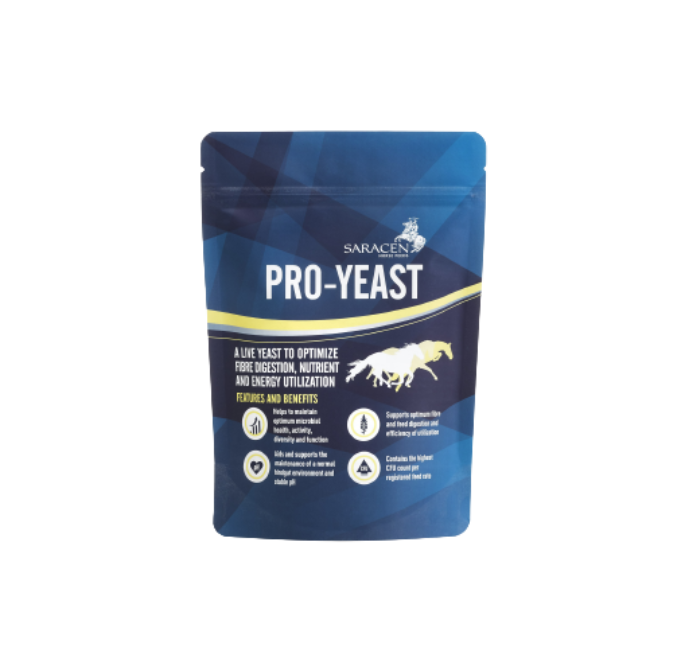Facts On Faeces

As the weather begins to change with suddenly autumn upon us, we may begin to see changes in how our horses go to the loo!
1. Consistency-
Increased rain from autumn months can cause sudden sprouts of grass to grow which can lead to a change in the colour and consistency of poo. Looser droppings can be a sign of increased sugar from this sudden increase in sprouts of grass or an increased water intake from wet grass! An increase in this sugar content can also lead to hindgut acidosis, a drop in pH caused by an excess of starch and sugar (non-structural carbohydrates, or NSC’s) in the diet. When there is too high a level of NSC’s in the diet, it cannot all be absorbed within the stomach and small intestine. The starch and sugars then pass through undigested into the hindgut where they are fermented by amylolytic microbes. This fermentation causes a rapid increase in acidity of the hindgut and the death of fibrinolytic microbes which are responsible for fibre fermentation. When these microbes die, they release toxins which are often absorbed into the bloodstream and can be responsible for the increased risk of the development of laminitis.
Overly soft or runny poos could be caused by inflammatory bowel disease, dietary allergies or side effects from medications. However, if there are no changes to signify any of the above, it could simply be due to poor forage quality leading to the decreased absorption of fibre. Thicker, stemmier hay is often more difficult for the horse to breakdown and digest. NIR (near-infrared reflectance) analysis is a method of forage testing to provide information on its content and digestibility by measuring the NDF (neutral detergent fibre) and ADF (acid detergent fibre) values. The higher the ADF value, the less digestible the forage due to its higher quantity of lignin which is a polysaccharide forming the cell wall of plants, indigestible to the horse. Forages with an ADF value of less than 40% are suitable for horses. NDF represents the total fibre content of the forage.
Harder poos can be a sign of dehydration, make sure you are offering plenty of water and access to a salt lick. Rehydrating with water and salt (for electrolytes) is more affective in horses than rehydrating with water alone.
2. Content-
What’s in your horses’ poo? If long or large fibres are regularly observed in your horses poo it can be a sign that they are not able to properly chew and breakdown their forage effectively. It is important to ensure your horse is receiving regular checks from the dentist to maintain optimum dental health. If your horse is suffering from poor dentition, it can be recommended to provide forage alternatives such as chopped grass, grass and fibre pellets or a fibre mash.
3. Smell-
Strong smelling poos can be caused by several different reasons, including excess protein or carbohydrates and malabsorption of nutrients. Too much protein might often result in poos with an eggy aroma, this isn’t really a concern with normal concentrate feeds - due to no evidence on kidney damage from too much protein in horses. However, if horses have underlying kidney dysfunction/ disease it could potentially cause added strain. The smell you may notice is just the byproducts of the excess protein being excreted. Sweeter smells may also be a sign of excessive levels of carbohydrates and a potential sign of hindgut acidosis.
4. Count your poos-
Irregularity in the daily amount that which horse’s poo could be a sign of digestive disturbance! Not enough poo could be a sign that you horse is not meeting its daily forage requirement (1.5% BW), or water intake and could be dehydrated. A sudden lack of faeces could also be a sign of impaction colic. Getting to know your horse’s bathroom habits can help look out for any abnormalities!

5. Further supporting your horse’s hindgut health -
Equishure -
EquiShure™ is a time-released hindgut buffer containing encapsulated sodium bicarbonate, that can be used as a management aid for horses suffering from unexplained hindgut discomfort. Encapsulating the sodium bicarbonate ensures that it can pass through the acidic environment of the stomach and foregut, and reach its target, the hindgut. Once there, it works to stabilise the hindgut pH creating a more suitable environment for the fibre digesting beneficial bacteria, therefore helping to optimise digestive function.

Pro yeast -
Pro-Yeast is a research-proven, live yeast additive that provides a probiotic effect. For horses with an increased risk of hindgut disturbance or those showing signs of hindgut disruption, feeding Pro-Yeast can help to optimise fibre digestion, nutrient, and energy utilisation. Risk factors for disturbed hindgut function include high starch diets, changes to feed and forage, rich grazing, stressful events and lack of forage/fibre. Pro-Yeast is a research-proven supplement that contains VistaCell, a live yeast that can help to promote a more stable hindgut environment and help to improve fibre digestion. Pro-Yeast works by competing with the lactic acid-producing microorganisms that thrive in a low pH environment, to reduce the additive acid load whilst also removing oxygen from the hindgut. This process makes the hindgut environment more desirable to fibre digesting bacteria which then encourages the proliferation and activity of these microorganisms, which is what we want. The proliferation of fibre‐digesting bacteria leads to an increase in energy supply via volatile fatty acid production which will have a direct effect on health and performance.
Quick Feed Finder
Use our quick and easy feed finder as a guide to select the right feed for your horse or pony.
Feed Advice Form
Complete our online form to receive a detailed nutritional plan for your horse or pony from one of our registered nutritionists.












